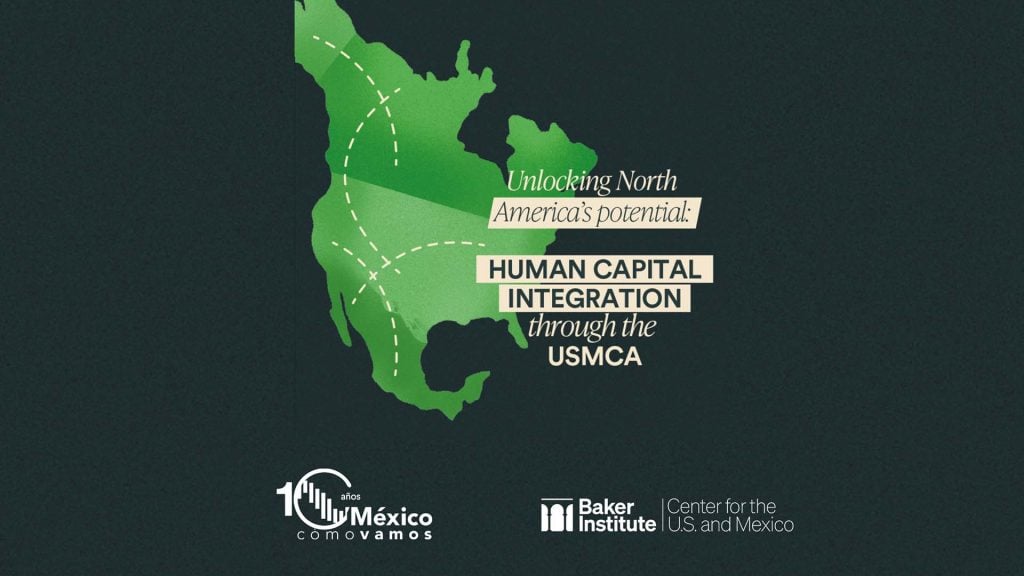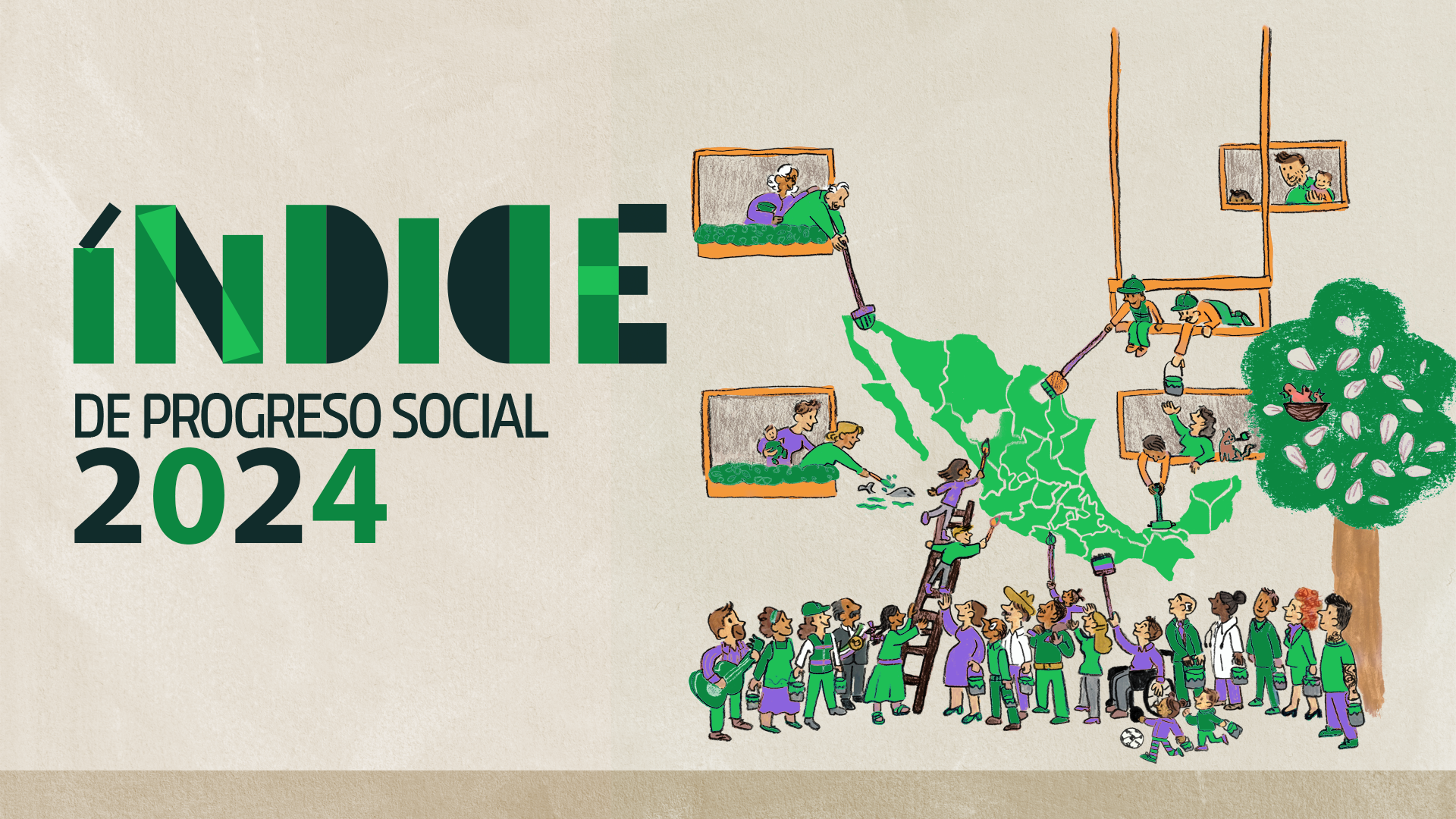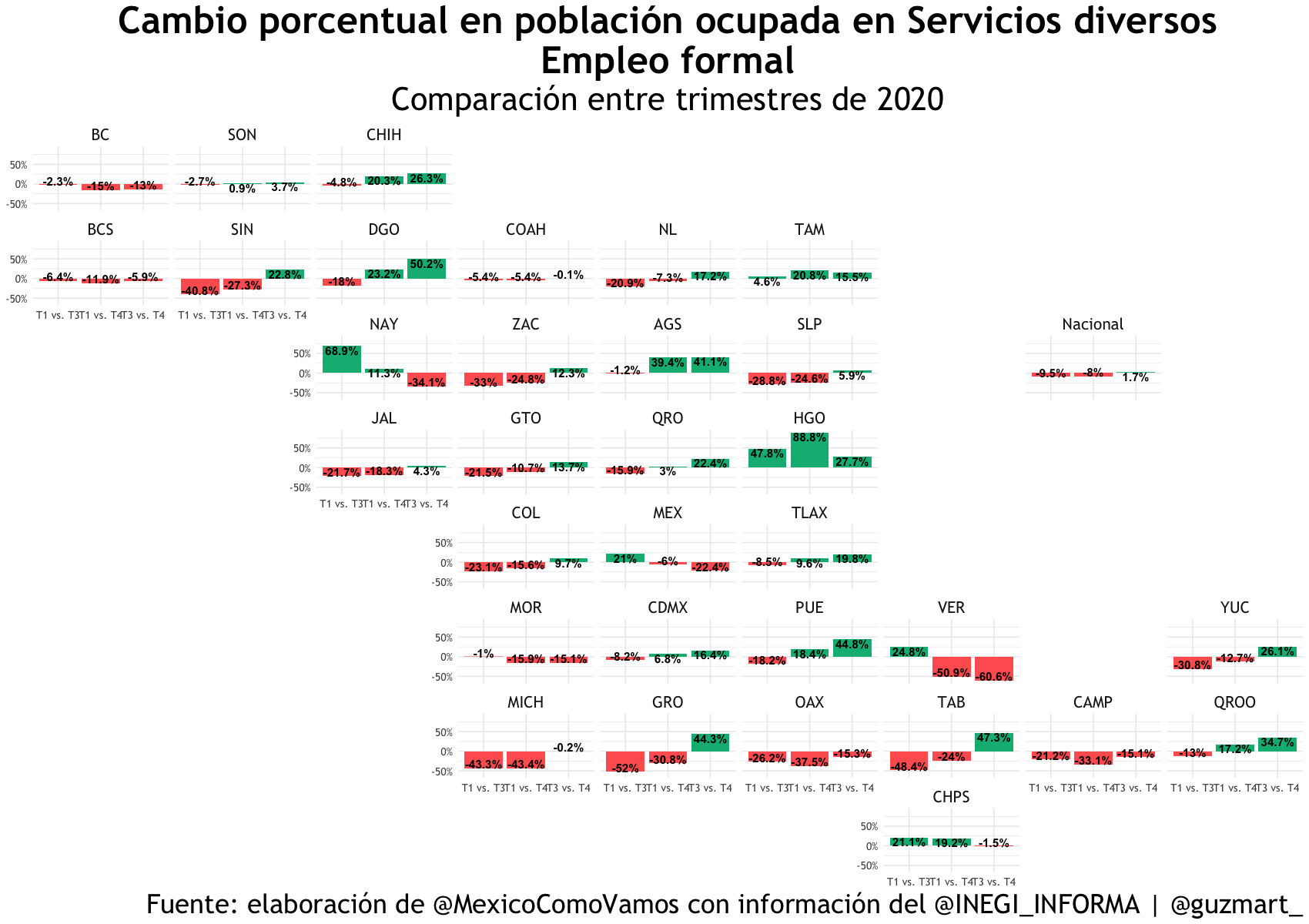
North America could become the most competitive region in the world by the period 2024-50, above Asia and Europe and, for this, the labor market is essential.
For decades, migratory flows have been a palpable reality in North America, driven by a variety of economic, climatic, security and social factors, among others. In 2020 alone, the world registered 280.6 million international migrants, 3.6% of the global population. According to data from the UN’s International Organization for Migration (IOM), the United States-Mexico border is the largest migratory corridor on the planet with 11 million annual crossings. Over the past 30 years, the number of immigrants in North America has more than doubled, driven primarily by emigration from Latin America, the Caribbean and Asia, but also motivated by economic growth and political stability in the region.
Migratory flows are a tool to enable labor mobility between economies; in addition, they could make it possible to satisfy the needs of the region’s labor market. Currently, North America has a workforce of almost 250 million workers, 167.9 million in the United States , 20.5 million in Canada and 61.2 million in Mexico. In comparative terms, North America has a fundamental comparative advantage in its demographic pyramid and its capacity to receive immigration, in contrast to its main competing regions in Asia and Europe.
The three countries must take advantage of the complementarity between their economies and the structural strength of UMSCA with the migratory and geopolitical environment to consolidate themselves as a highly competitive region.
North America has three fundamental competitive advantages:
- Better demographics and relative openness to immigration.
Population pyramid of North America, China and Europe. Expectation for 2050.
Source: UN: World Population Prospects.
- Technological development
The ability to innovate is another of North America’s strengths and migration can help boost the development and implementation of new technologies. Thus, the exchange of ideas and people’s mobility, particularly in the academic and research fields, will enable the region to consolidate itself as the most innovative economy in the world.
For North America to be successful and achieve a technological leap to increase and sustain high productivity levels in the long term, a commitment to decentralized innovation is required. The exchange of ideas and proposals, trial and error and the dynamism of a decentralized market constitutes the ideal ecosystem for technological leadership, especially in contrast to the centralization to which China apparently intends to return.
North America’s integration has presented different stages in its development and implementation. First in manufacturing, then in agriculture and the next stage that must be technological to be successful. The great challenge, of course, is for Mexico. Integration must progress towards an increase in both the quality and quantity of human capital. The success of the block must be based on its ability to innovate and generate ideas. This capacity for innovation falls on intellectual exchange and integration of three countries’ academic systems. An environment characterized by restrictive immigration policies that prioritize border control and increased entry requirements over the possibilities of both temporary and permanent stay, as well as entry and exit between countries, hinders the labor mobility required by the North American economy. It is important to implement measures in the labor regulatory framework that allow greater integration of the labor factor in the region. Various economic research shows that establishing high entry costs to the labor market, as occurs in Mexico, also increases exit costs in the United States. Therefore, immigration schemes such as multiple entry for workers could incentivize a temporary circular flow, allowing workers to return to their country of origin frequently rather than seeking to settle permanently. Measures such as the mutual recognition of diplomas and certifications, the expansion of accredited professions and multiple entry will promote a circular flow, increasing labor mobility and the exchange of scientific-academic ideas.
- Energy market integration
A competitive, diversified, clean, safe, efficient and integrated energy system in the region would allow increasing the participation of North American value added in the production and export of goods and services. Seeking vertical integration in North America is essential and involves having a clean, efficient, safe and diversified energy system aimed at increasing the capacity of generating North American inputs and proximity in supply chains. The key inputs to achieve regional content are all energy intensive. North America has a fundamental advantage due to its ability to generate competitive, diversified and clean energy compared to Asia and Europe.
Migration, at its core, is a social and international phenomenon that is largely explained by the supply and demand of the labor market. Demographics, economic activity, wage gaps, as well as the ties and connectivity between nations have an impact on the supply and demand of workers, creating incentives for people to migrate. According to research from the International Monetary Fund (IMF), migrants:
Tend to boost production, create new opportunities for native workers, provide the skills necessary for growth, generate new ideas, stimulate international trade and contribute positively to the long-term fiscal balance for destination countries, but they can also generate challenges in local labor markets by displacing some native workers who compete with them with a possible temporary depression of wages. For countries of origin, migration can lead to the loss of human capital, creating upward pressure on wages. However, emigration also creates a flow of remittances, it can increase international connections in the form of trade, foreign direct investment and technological transfers (IMF, 2021).
In the context of USMCA, the 2026 report presents an opportunity for Mexico to present to its partners an agenda within the framework of economic integration, as a positive rather than defensive strategy, articulated by initiatives and solutions that can address the challenge of migration. The key is to convince the United States political system that by complementing its economy with Mexico and Canada, it will be able to compete successfully with Asia. Economic integration involves integrating production chains, the financial system, value chains and, of course, the labor market.
To the extent that the three countries can reduce restrictions not only over the flow of investments, goods and services, but also the orderly exchange of talent and human capital through workers’ mobility and the exchange of ideas through research and technology development, the region will be able to consolidate itself as the most competitive in the world.
References:
- Dunne, T. et al. (2009). Entry, Exit, and the Determinants of Market Structure [Working Paper]. Retrieved from: https://www.nber.org/papers/w15313 .
- Federal Reserve Economic Data (April, 2024). Civilian Labor Force Level. Retrieved from: https://fred.stlouisfed.org/series/CLF16OV/
- INEGI (2024). Employment and occupation. Recovered from: https://www.inegi.org.mx/temas/empleo/
- Lieberman, Marvin. (April 2022). Sunk Costs and Concentration in Homogeneous Product Industries. Retrieved from: https://pubsonline.informs.org/doi/10.1287/stsc.2022.0159
- Statistics Canada (2024). Labor Force Survey, April 2024. Retrieved from: https://www150.statcan.gc.ca/n1/daily-quotidien/240510/dq240510a-eng.htm
- The Impact of International Migration on Inclusive Growth: A Review. International Monetary Fund. (March, 2021). Retrieved from: https://www.imf.org/en/Publications/WP/Issues/2021/03/19/The-Impact-of-International-Migration-on-Inclusive-Growth-A-Review-50169
- World Migration Report. (May, 2024) UN – IOM. Retrieved from: https://worldmigrationreport.iom.int/
Haz click en la postal de abajo para ir al micrositio.



















